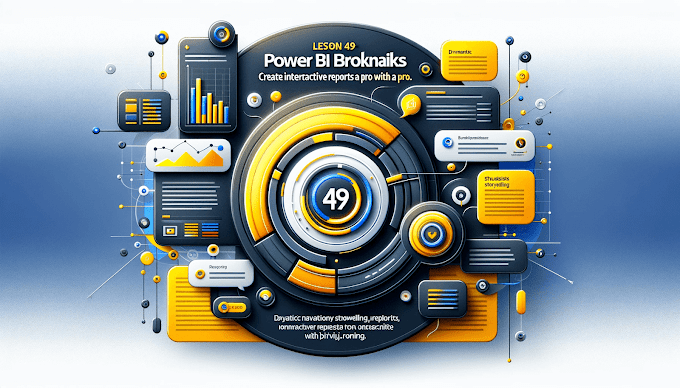Introduction
In business reporting, not every user should see all the data. A sales manager may need to view only their region’s data, while the CEO can see everything. Power BI solves this problem with Row-Level Security (RLS). RLS allows you to restrict data visibility based on the logged-in user.
This blog explains what RLS is, how to set it up, and best practices to use it effectively.
What is Row-Level Security in Power BI?
Row-Level Security (RLS) is a feature that controls which rows of data a user can access in Power BI reports. Instead of creating multiple dashboards for different users, you can create one report with RLS applied — and each user will only see their authorized data.
Why Use RLS?
- Data Privacy → Prevents users from accessing sensitive data.
- Efficiency → One report can serve multiple users with customized views.
- Compliance → Essential for industries like finance, healthcare, and HR where confidentiality matters.
- User Experience → Users see only what’s relevant to them.
Types of Row-Level Security in Power BI
1. Static RLS
Rules are fixed and do not change with user login.
- Example: Region = “North” always filters the report.
2. Dynamic RLS
Rules depend on the logged-in user.
- Example: If John logs in, he sees only “North Region.” If Mary logs in, she sees only “South Region.”
How to Implement Row-Level Security in Power BI
Step 1: Create Roles in Power BI Desktop
- Go to Modeling → Manage Roles.
- Add a new role, e.g., “NorthRegionManager.”
- Apply a DAX filter:
[Region] = "North"
Step 2: Test Roles
- Click View as Roles to test how the report looks for each role.
Step 3: Publish to Power BI Service
- Publish your report to Power BI Service.
Step 4: Assign Users to Roles
- In Power BI Service, go to Dataset Settings.
- Assign users to the created roles.
Example: Regional Sales Dashboard
Suppose you have a sales dataset with regions North, South, East, and West.
- A Regional Manager (North) should see only North’s data.
- A Sales Executive (East) should see only East’s data.
- The CEO should see all regions.
Instead of creating 4 separate reports, you build one report with RLS.
Best Practices for RLS
- Use Dynamic RLS where possible for scalability.
- Test roles carefully before sharing reports.
- Document all security rules for audit and compliance.
- Keep your security logic simple to avoid performance issues.
Conclusion
Row-Level Security (RLS) ensures that Power BI dashboards remain secure, scalable, and relevant to each user. With RLS, you can maintain a single version of the truth while controlling who sees what data a critical feature for enterprise-grade reporting.







